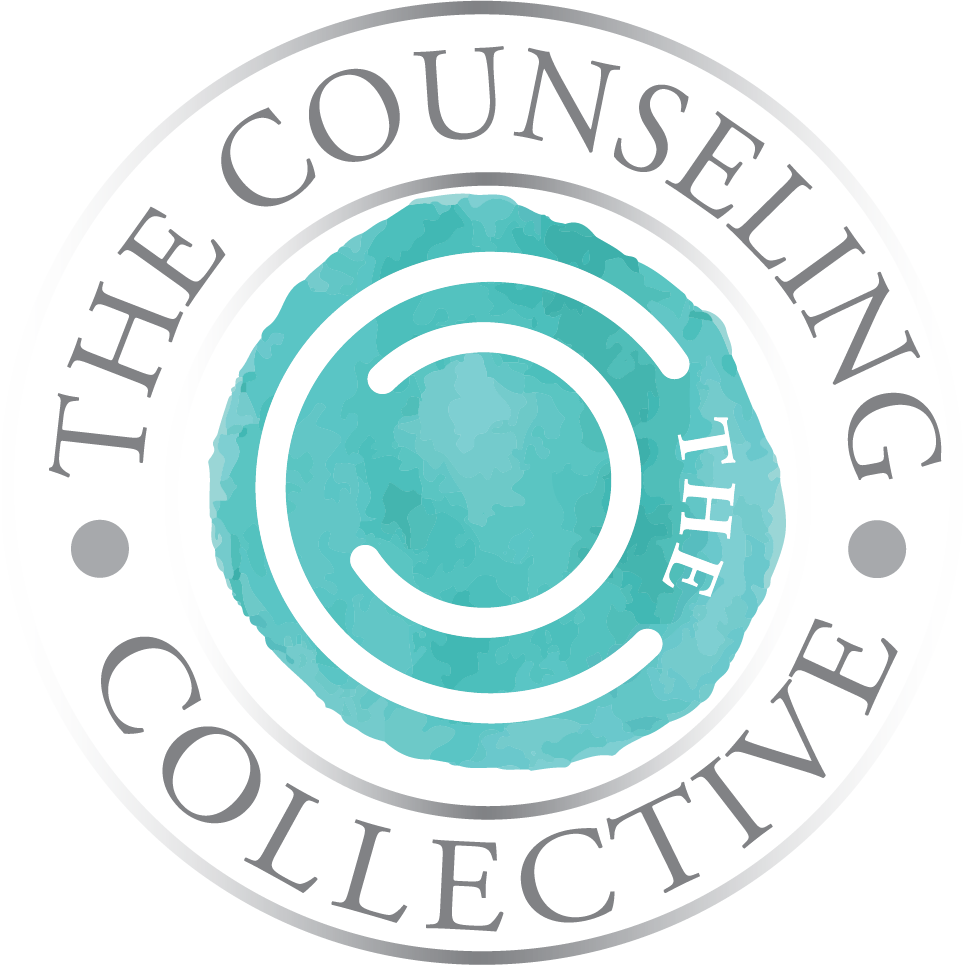How To Apply Mindfulness Meditation To Your Everyday Life
/Mindfulness meditation is a core practice within Zen and other Buddhist perspectives. At the University of Massachusetts Medical School, Jon Kabat-Zinn introduced Mindfulness into the psychological community via the UMass stress clinic in the late ‘70s--teaching the practice within 8-week group sessions and documenting long-term results of the participants. (See also Shunryu Suzuki, Thich Nhat Hanh, and Alan Watts.)
This practice involves retraining the mind to remain in the present rather than living in the past and the future—particularly and especially when thoughts about the past and the future promote personal distress. There is a distinction between “living” in the past and the future and “thinking” about them. Living in those two domains involves emotion; thinking about them is non-emotion. If we remember good times from the past and anticipate good times in the future, that is one thing. It is healthy because it does not promote distress. When distress occurs, it becomes unhealthy. So, ground yourself in the present.
From a Zen perspective, it is called Liberation. The quiet place--the sanctuary within all of us…even when the jack hammer is in the middle of the living room. Calm the mind. Liberation. Accept the present and respond accordingly.
Going farther, you can uncover this liberation by practicing it formally: Sitting meditation (attending to one’s breathing, sounds, or simply to the birds chirping while sitting in your car or while sitting on your deck) and informally with moving meditation (attending to one’s movements while simply walking, practicing Tai Chi, Qi Gong, Yoga, etc). Then, as a result, the practice naturally expands into one’s everyday life and eventually into the lives of others. In other words, the terms “formal” and “informal” dissolve and the practice becomes something that is simply natural.
In other words, it comes down to science and neuroplasticity: Good randomized controlled studies involving brain imaging indicate that certain brain regions become activated and others become deactivated during Buddhist meditation. When those regions become activated or deactivated repeatedly, connections between neurons increase or decrease. When neurons respond accordingly, it becomes “habit” and natural. You see?
From Kabat-Zinn’s perspective (and that of Shunryu Suzuki and Thich Nhat Hanh), the principles of Mindfulness practice include:
· Beginners Mind
· Patience
· Letting go
· Acceptance
· Non-judgement
· Non-striving
· Trust
I will explain first what these 7 principles are not and then what they are regarding meditation practice.
Beginners Mind: This is not about “emptying the mind” because that implies shutting the door to becoming aware to our circumstances and our conditioned response to them—whether those circumstances are healthy or unhealthy. Instead, it is about opening the door to “non-duality”—temporarily erasing the self-imposed borders of the box that our conditioning has produced—coming back to grounding. For example, if I have been conditioned to believe that I am a failure then all my experiences are filtered through that conditioning. When we erase the borders of the “box” during meditation, we look at our circumstances much-differently.
Patience: This is not about patience with others because that relies upon other variables to determine our well-being. Instead, it is about patience with yourself. In other words, when you begin this practice it will involve some difficulties. So what? Are you not human? Keep at it.
Letting go: This is not about “forgiving and forgetting” because memories are important. If they were not, our brains would not be wired to remember them. Instead, this involves being self-aware of how “hanging on” to resentments (for example) hurts us more that it helps us. It can be the anchor that keeps us from moving forward.
Acceptance: This is not resignation because that perspective implies being “stuck” in one’s circumstances. Instead, this involves facing our circumstances without mentally struggling against them. When we do that, it promotes change—moving forward.
Non-judgment: This does not involve judging others. It involves not judging oneself. It comes back to patience with oneself as we evolve in our behaviors and thinking. It is about self-compassion—accepting our humanness.
Non-striving: This is not about suppressing the desire to move forward. It is about being aware of when we have climbed upon the proverbial hamster wheel—spinning around and around going nowhere. Increased awareness is the key.
Trust: This does not involve trust in others. This involves trust in self when our minds are calm, thinking clearly, and shedding the conditioning. From a Zen perspective, everyone has the innate ability to access this enlightenment.
Want to give it a try? Here is a beginning exercise in Mindfulness to increase self-awareness:
· Find somewhere to sit quietly for about 15 minutes without interruption.
· Breath diaphragmatically—naturally and low in the belly.
· Observe what distracts your mind during that time.
· Ask yourself the question: “Why does my mind go there?” “Why is this so important?” “What is the threat—perceived or real?”
The mental health therapists at our office offer counseling for a variety of issues including trauma using EMDR, depression, anxiety, grief, and couples counseling. We work with teens, adults, and couples. We also offer online counseling services which can be great for people with busy schedules or for people who live in parts of Pennsylvania with limited counseling options. You can check out our website to see the full list of counseling services that we offer. Or, Request An Appointment here.
